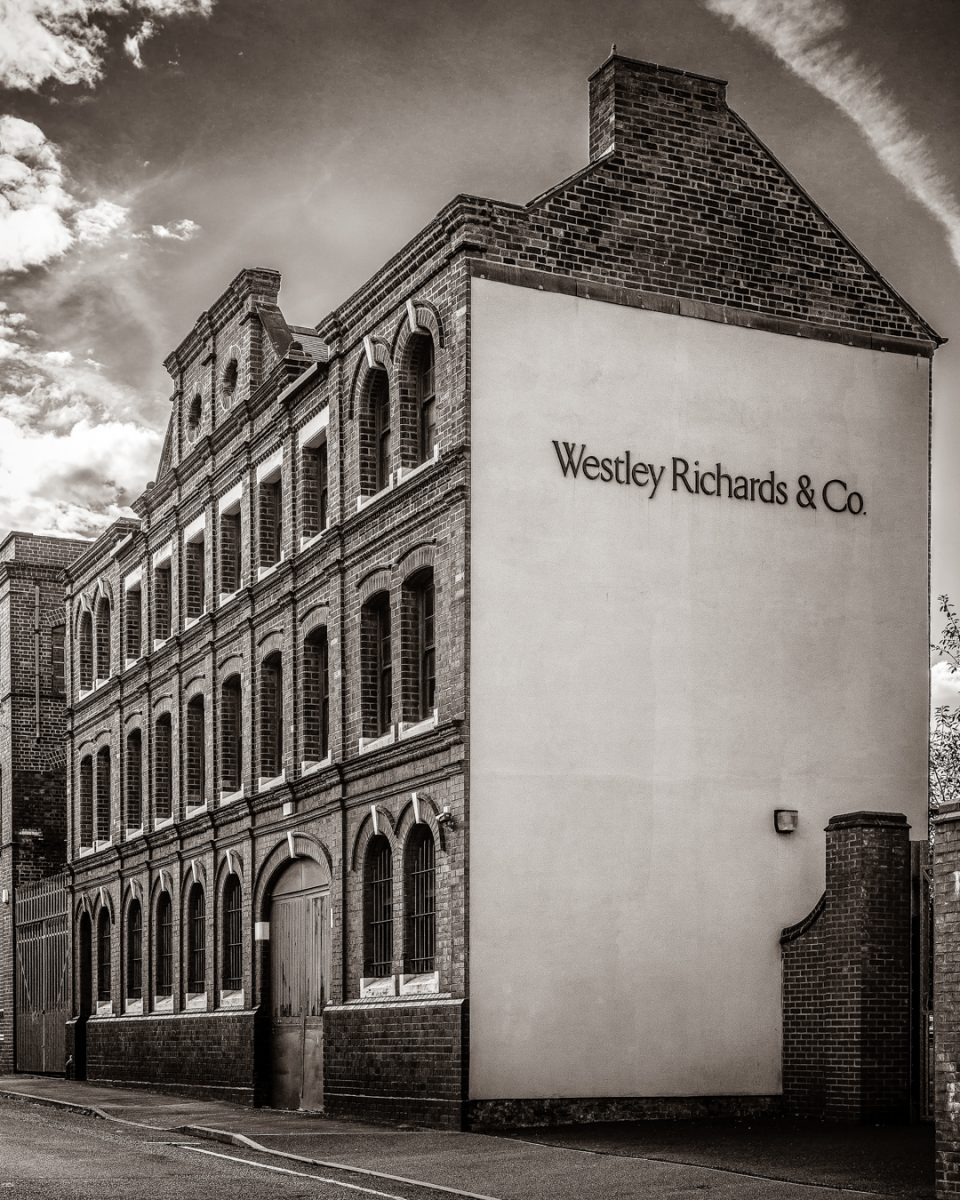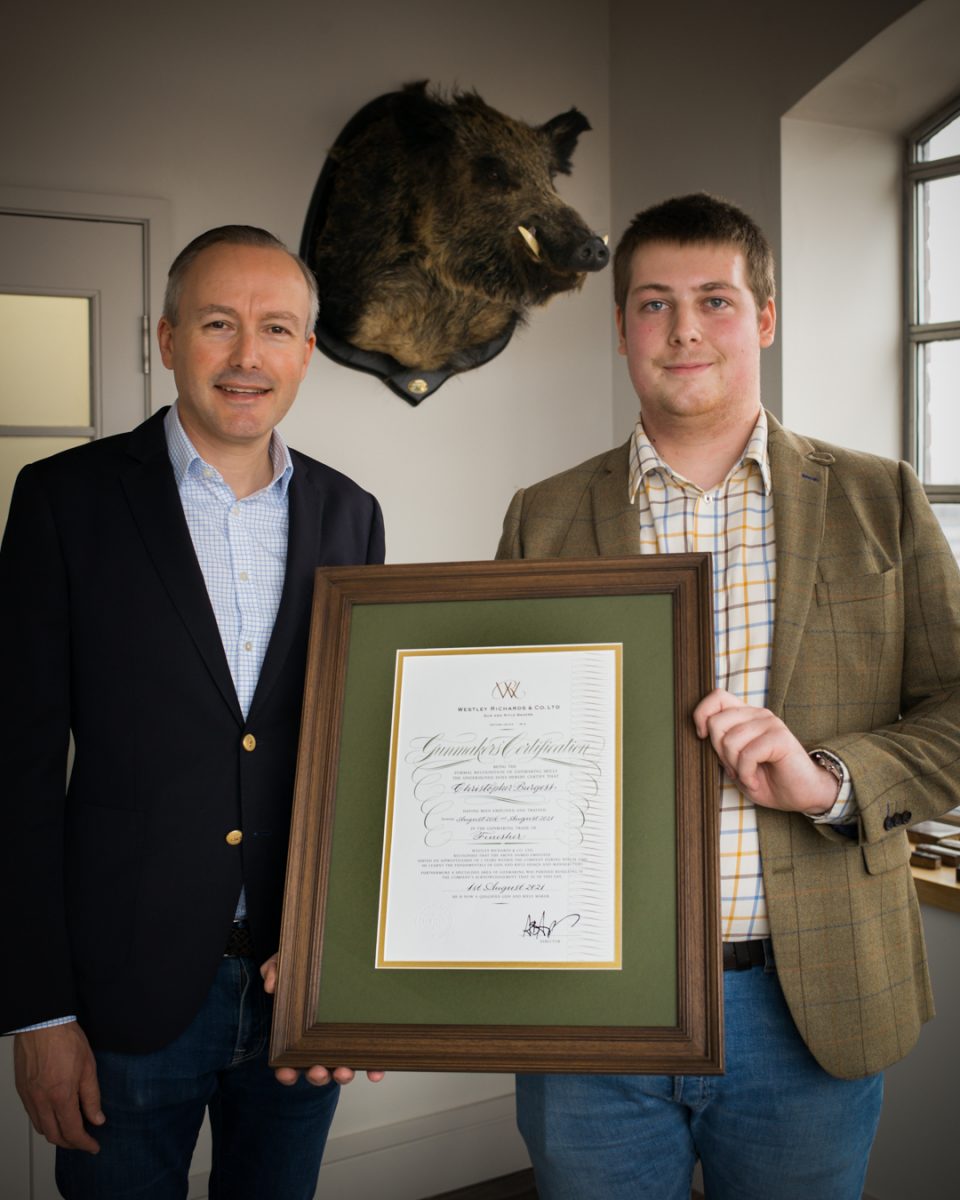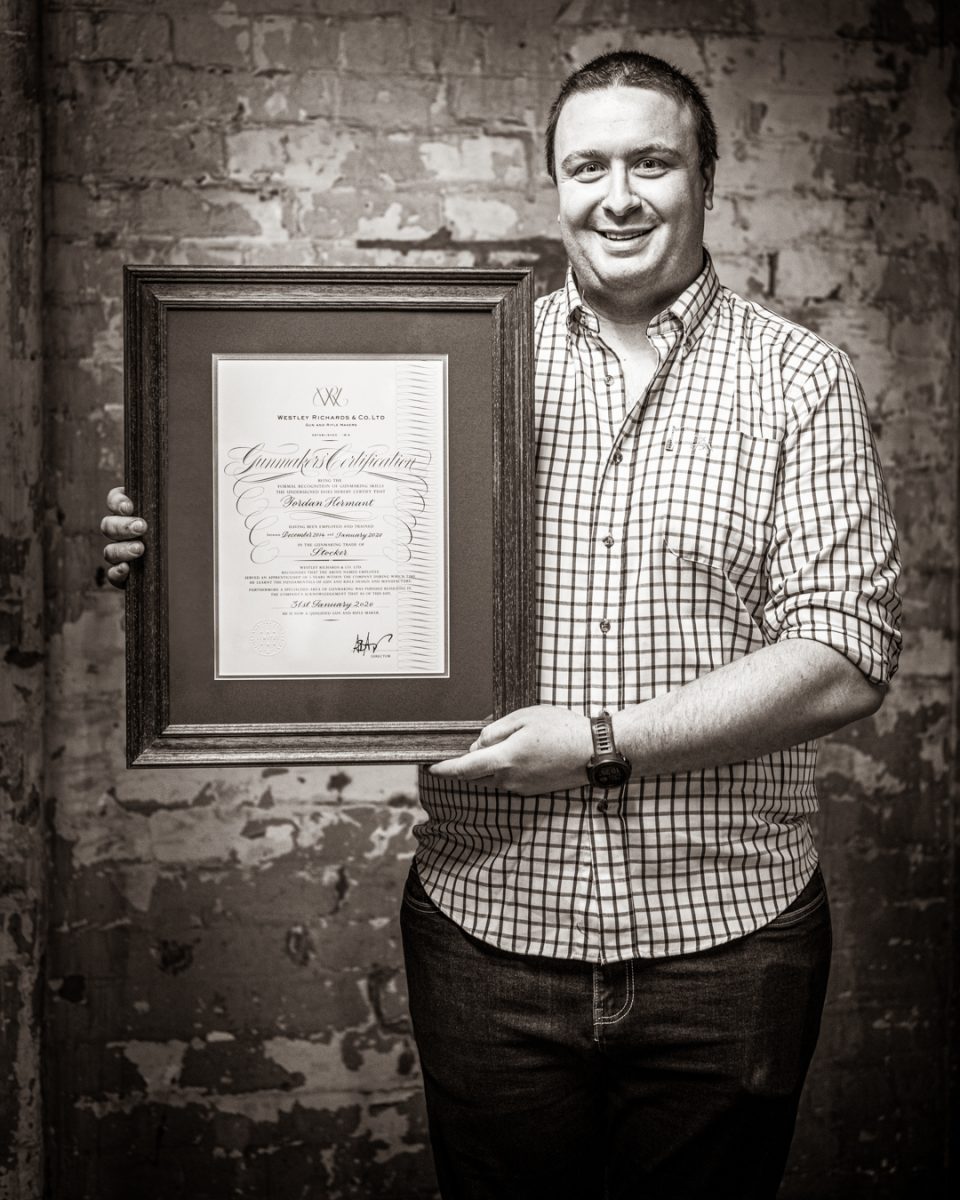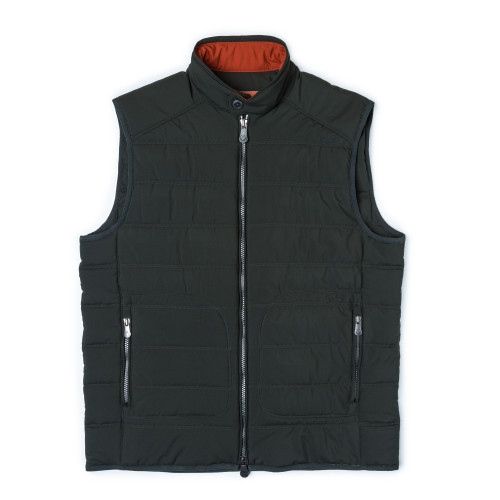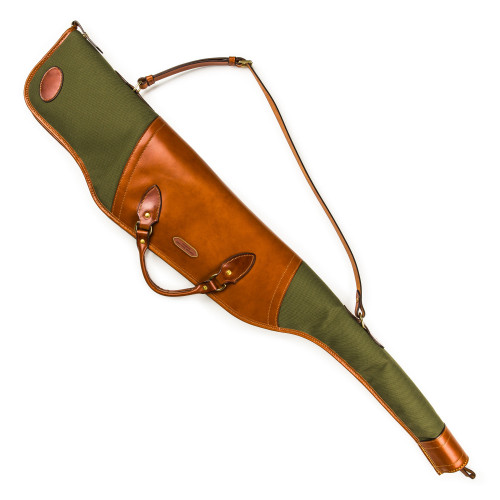As US columnist Doug Larson is quoted as saying: "Nostalgia is a file that removes the rough edges from the good old days". That image of the file seems apt when discussing the gun trade. The spectre of nostalgia is one all too often invoked by the average gun trade marketeer. As an industry, we (and I include myself) are overly susceptible to its haunting influence.
Were we born too early? Do we belong in another era? We may pretend we do. We like the old things, like leather cartridge bags that smell of Ballistite. We collect Victorian shotguns and hang maps of a long-dead empire on our study walls, alongside faded tiger’s heads, over well-worn, cigar-infused chesterfields.
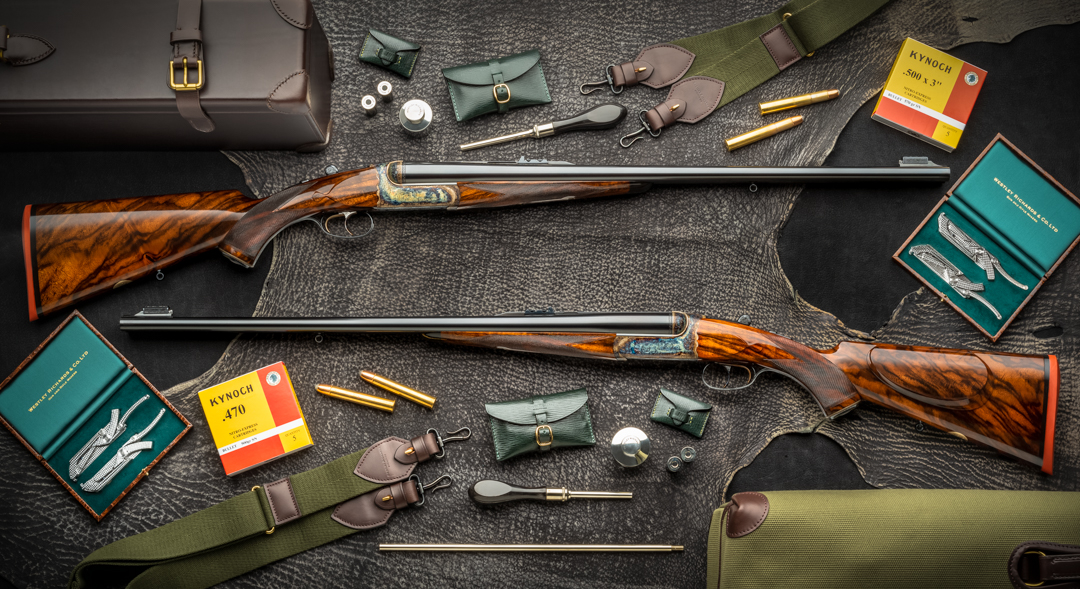
Sitting in the lamplight, re-reading Rider Haggard, we get nostalgic for a more sporting, simpler world, without modernity’s boundaries, and the endless possibilities that Victoria’s subjects looked forward to (at least the wealthy and educated ones). There was something optimistic in Victorian society that eludes today’s middle classes. They thought enlightenment, progress and science would cure the world’s ills.
However, as Proust observed, quite accurately, “Remembrance of things past is not necessarily the remembrance of things as they were.” I imagine more than a few readers have fantasised about life as ‘Karamojo’ Bell or Jim Corbett, while few put themselves in the place of the socially immobile, low-grade administrative clerk or the emphysema-racked Welsh coal miner, who were their contemporaries.
We always imagine for ourselves the thrills of the best of history, not the grinding poverty, lack of sanitation, brutal dentistry or truncated life expectancy of our forebears. Likewise, we can be tricked into believing the practices and products of the gunmakers of old were naturally superior to those of today.
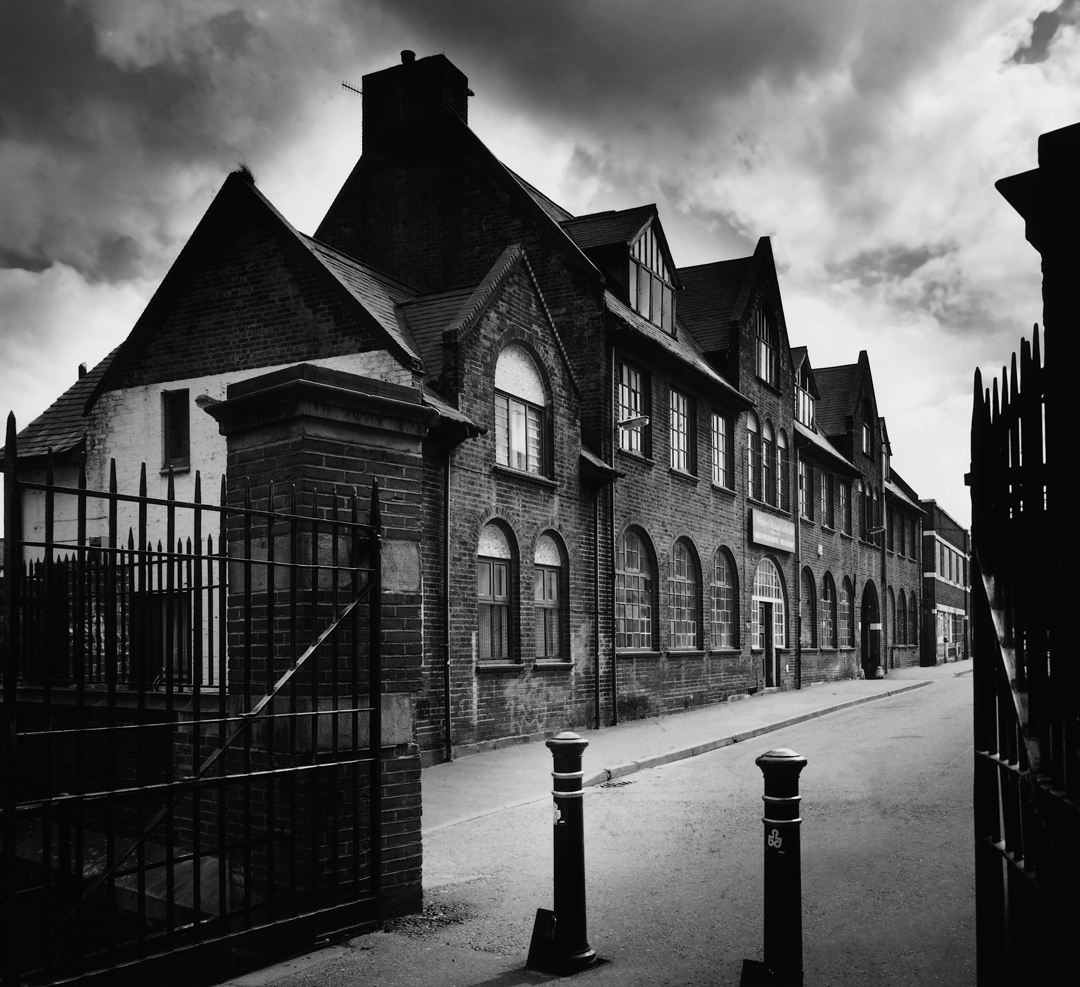
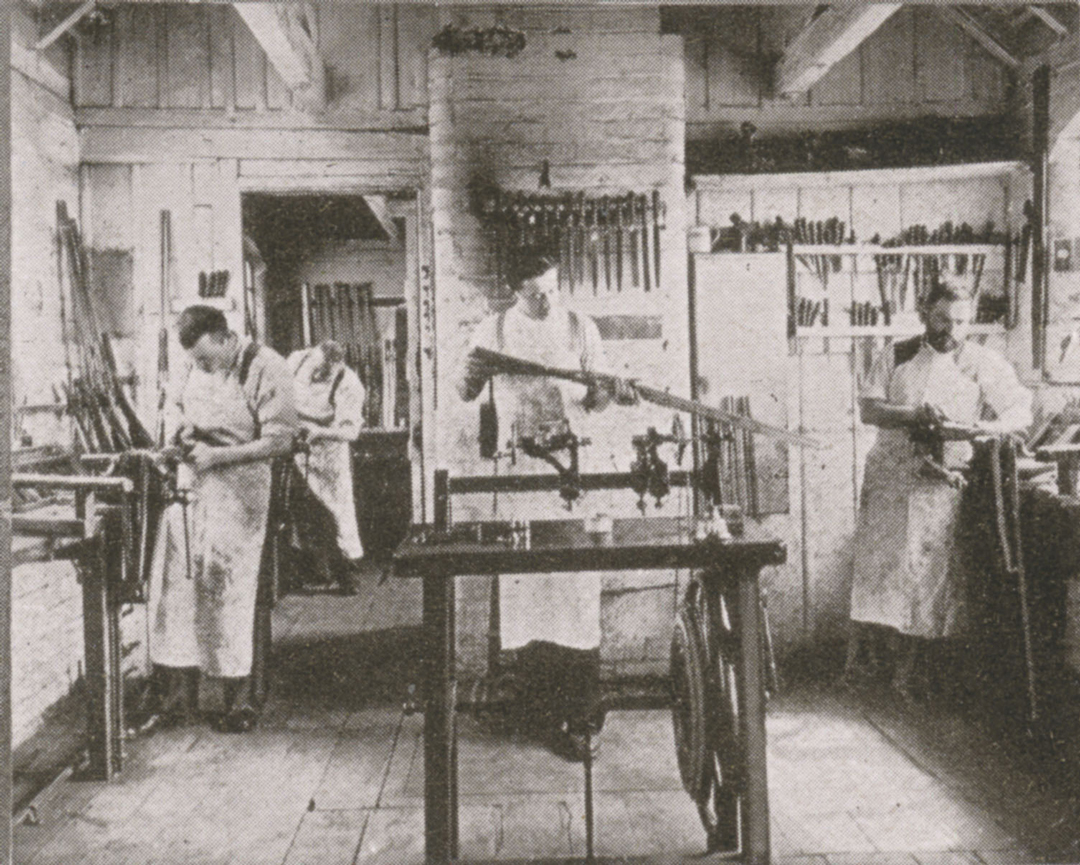
Don’t misunderstand me. Nostalgia sells guns, but perhaps we should take stock for a moment and consider objective reality. The gun trade in the first quarter of the 21st century can, and should, be respected and appreciated on its own merits, not by means of some rose-tinted comparison with a past that wasn’t always quite as glorious as many would have us believe.
Westley Richards was, and remains, a gun maker in Birmingham. The company occupies only the third headquarters they have ever had, and they have been in continuous business since 1812, when Napoleon, rather than Putin, was civilisation’s chief irritant.
The Pritchett Street factory is a curious mix of nostalgia and modernity. It was recreated from a Victorian silverworks and reshaped into a shop, showroom and workspace. The big windows are ideal for the old-school trades that carry on as they always have done: men with files, draw-knives and homemade potions, shaping and polishing steel and wood into bespoke shotguns and rifles. However, now there are also computers, technical drawings and, in the steel-fabricated factory next door, the high-tech wizardry of machines, operated by other machines, shaping steel into precision parts.
The future of Westley Richards and the guns and rifles it builds is not to be found in pre-war sentiment, but in clear thinking and modern practices. How does a 21st century company that builds late 19th century products forge ahead?
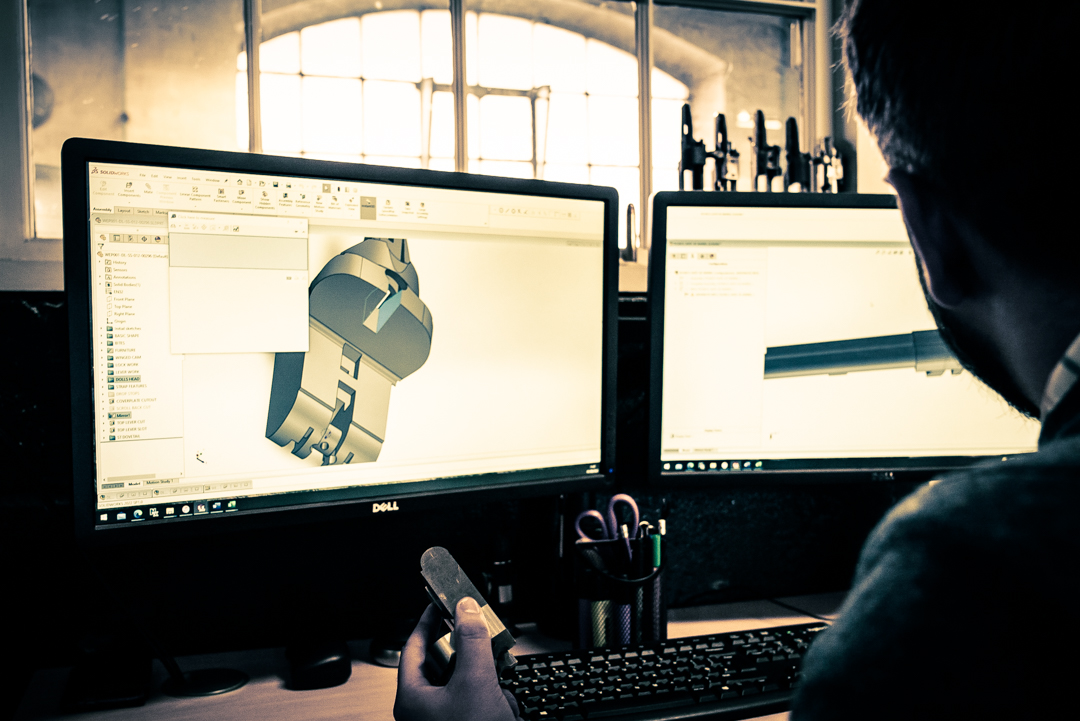
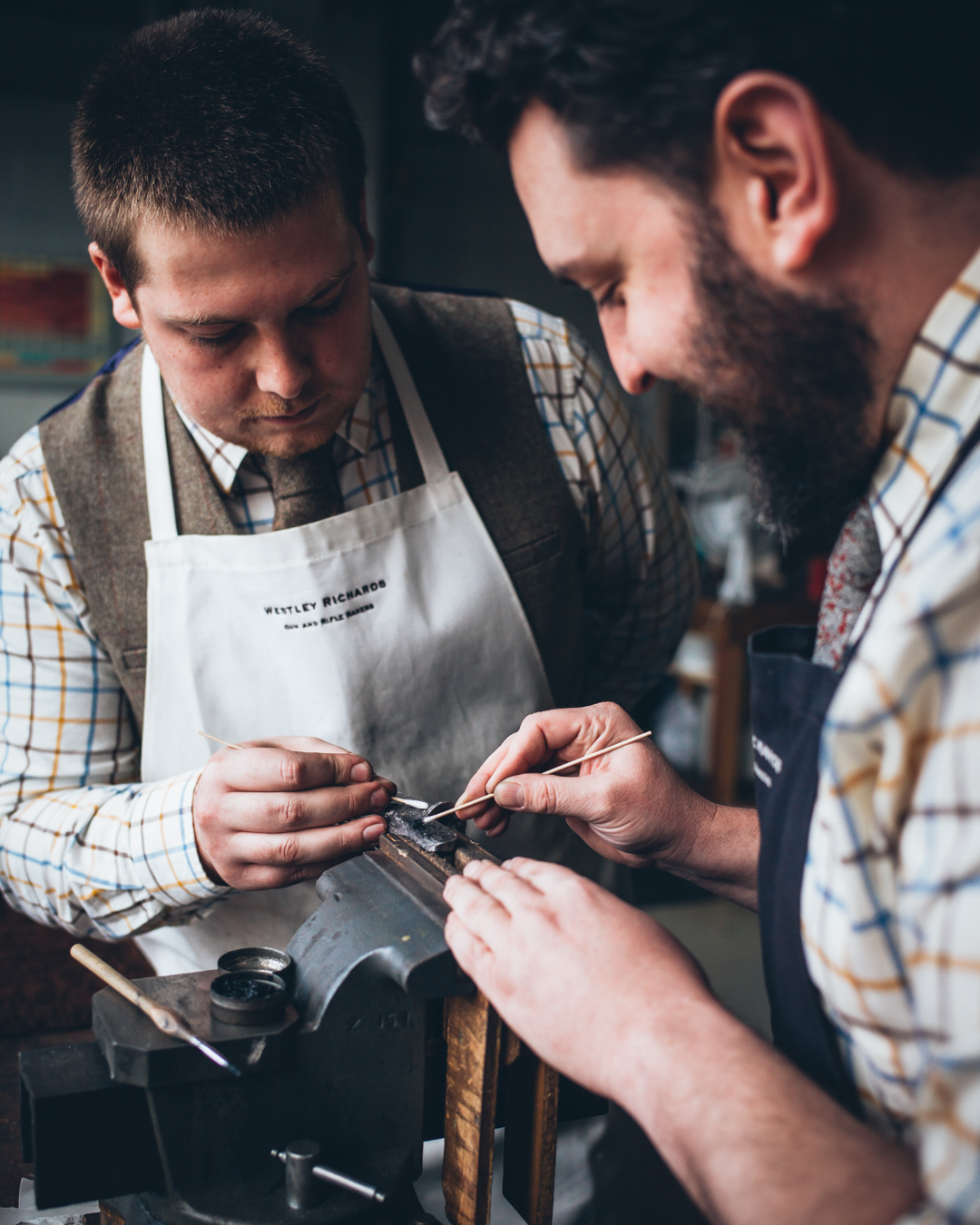
First, it has to make something that people want to buy. And here nostalgia plays its part. The most popular shotgun and double rifle made today is the 1897 patent hand-detachable lock model, which has very much the same set of mechanical components as the ones that left the shop a century or more ago. However, today they are better.
Customers still order Mauser-action, box-magazine, big-game rifles, chambered for the .425 WR – a round that most of the world considers obsolete, like the .318, which they also make. Even the ‘new’ over-and-under model is a slightly modified iteration of the gun Woodward patented in 1912.
So how does the customer’s love for the best of the past reconcile with the need to run this modern company in the real world of 2023? First, the product has to be at the heart of everything. The policy at Pritchett Street is to make sure everything is the best example of its kind that can be found. Every mechanism, every formula, every aesthetic detail has to be of the best and made as well as it can be.
To maintain a position at the top of the trade, it is essential to seek to improve everything that can be improved. Every surface, every chequer line, every pin slot, be it seen or hidden, must be perfect. A ‘best’ result is only achieved through meticulous attention to detail.
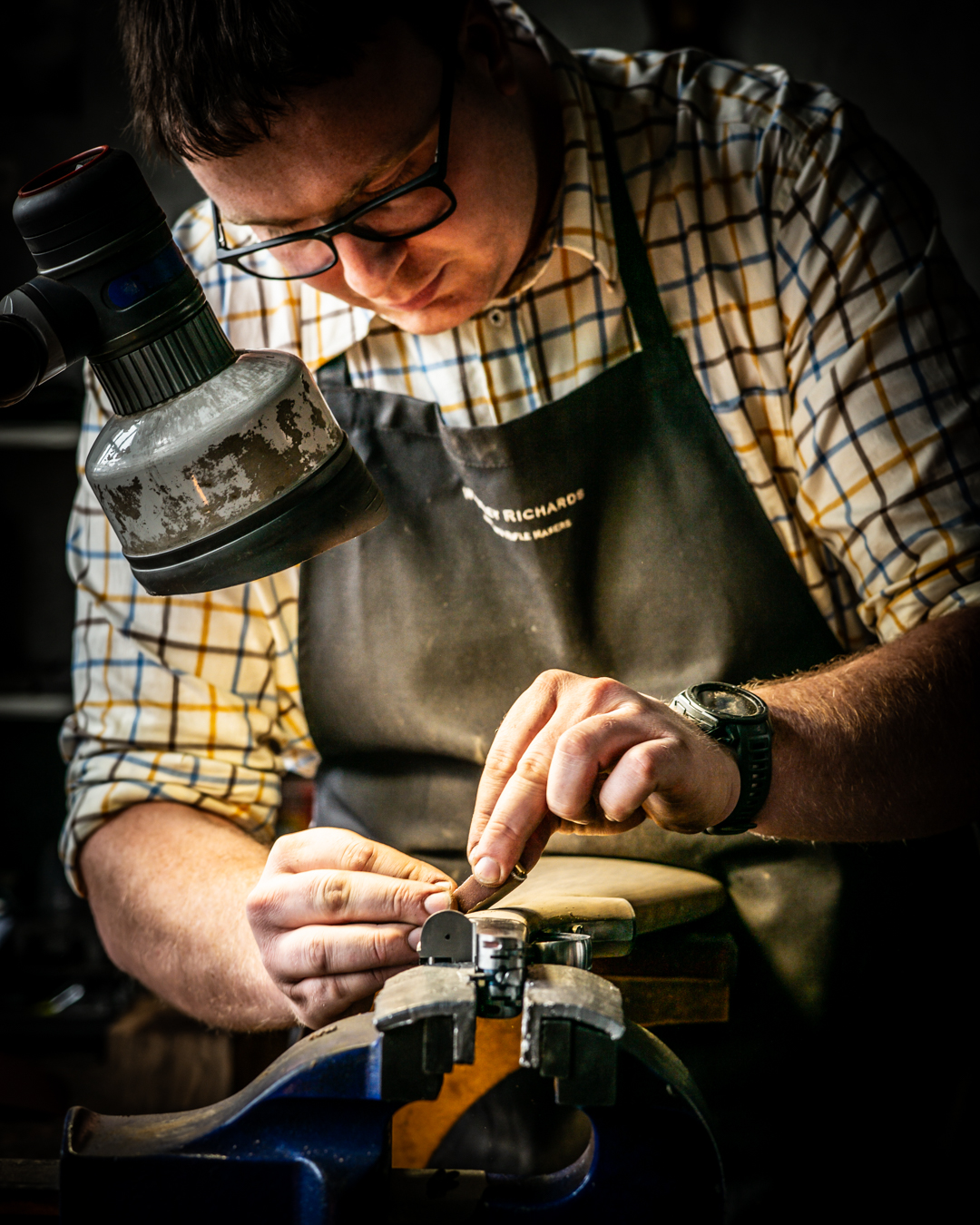
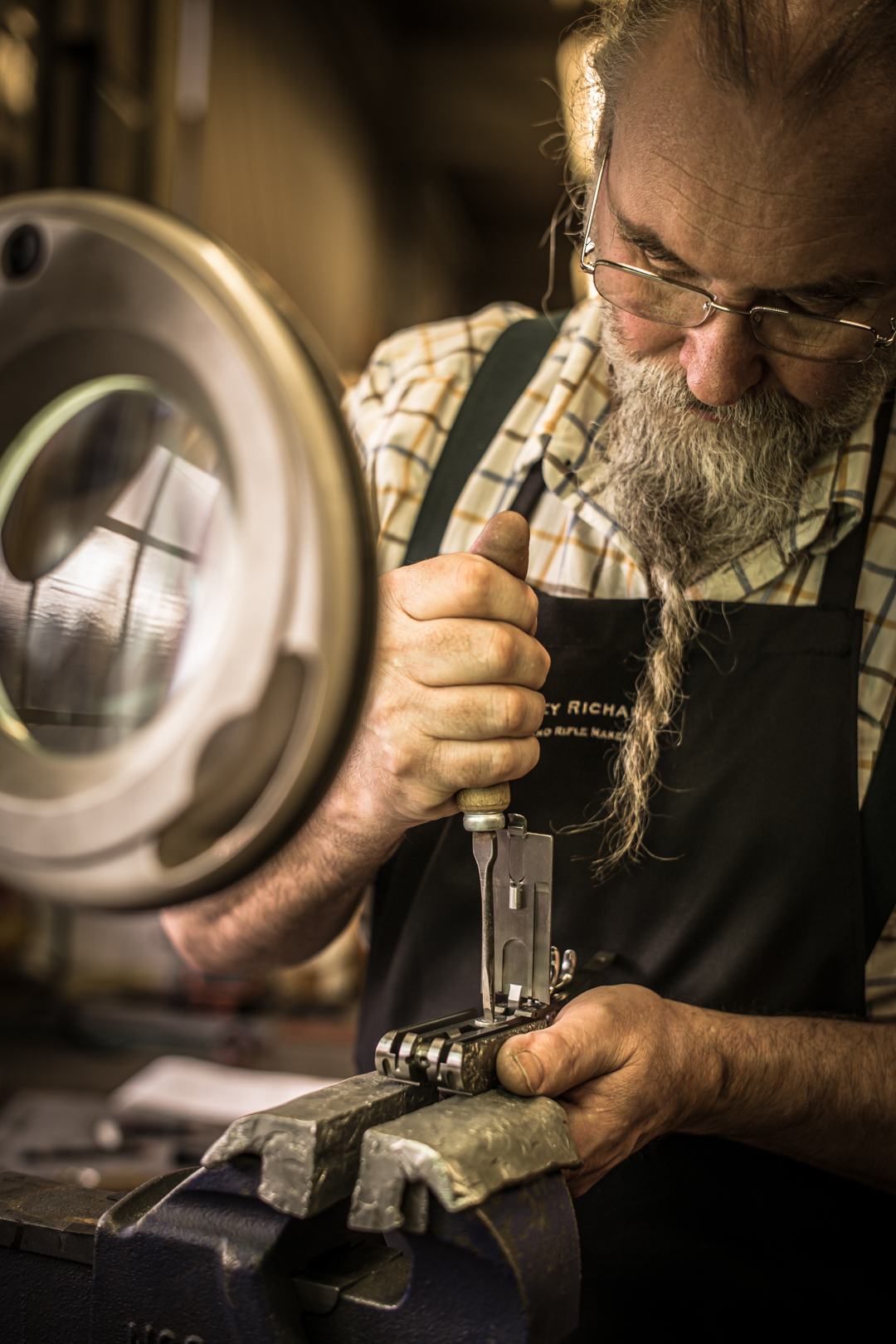
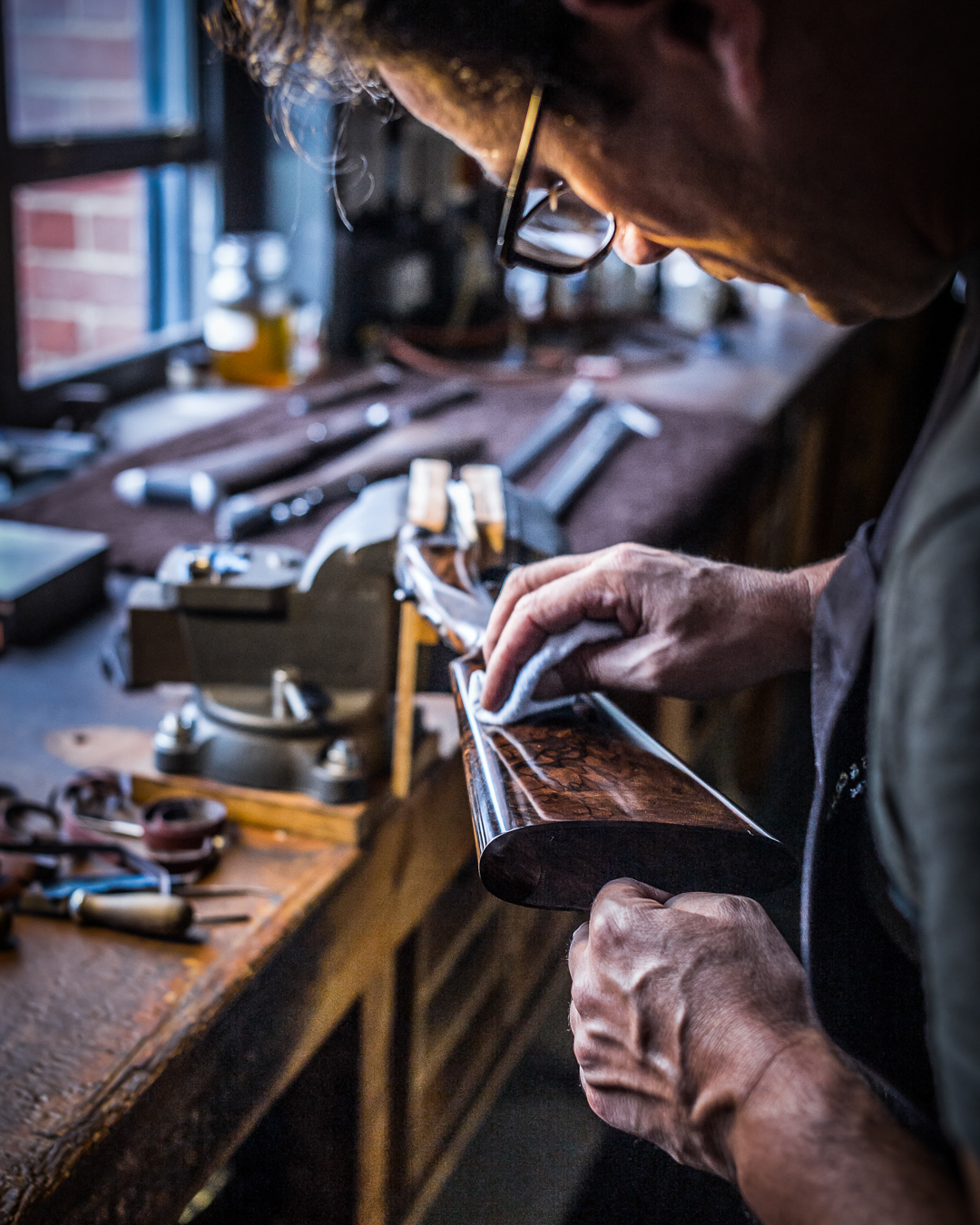
By detail, I do mean just that. Finished triggers must be fully polished, not just the blades. Where wood meets steel, it must appear as if the line is drawn with a fine pencil. The wood must be proud but not too proud. Chequering must be even, each diamond perfect, borders clean and accurate, lines running exactly to them, not short of or through them. Blacking must be deep, glossy and even, and the stock finish flawless, glowing and streak-free.
There can be no rough areas in difficult places, such as the drop points or around the forend catch. Every square centimetre is as crucial as every other. One flaw will spoil the whole gun. Every gun should be a tiny bit better than the previous one. For the perfectionist, nothing is ever quite perfect, but the quest remains.
This process has shaped production to the inescapable conclusion that the output of the factory today is better than at any point in history. The guns are more precisely made, more carefully regulated, more obsessively finished and more expensively engraved.
At the heart of any craft business is the craftsman. The Westley Richards apprenticeship scheme actively seeks young people, and more mature applicants with appropriate skills from other sectors, such as metal working, carpentry or engineering to undertake a five-year programme of on-site and in-college learning with a strong emphasis on hands-on mentoring.
It takes a long time to train a gunmaker in one of the five trades: stocking, actioning, barrel making, finishing, engraving. Once trained and experienced, it is imperative to maintain a collegiate and supportive, stimulating and rewarding workplace in which they will continue to flourish. It also pays to foster a sense of pride in being a key, valued contributor to a great company.
Westley Richards currently employs 21 full-time staff in the factory and also utilises the services of outworkers, especially engravers, who prefer to work from home and who often live in other countries.
What does the future offer? The quest is the same as it always was: “to build the best gun that can be built”, as the founder told his customers over 200 years ago.
The Explora Blog is the world’s premier online journal for field sports enthusiasts, outdoor adventurers, conservationists and admirers of bespoke gunmaking, fine leather goods and timeless safari clothes. Each month Westley Richards publishes up to 8 blog posts on a range of topics with an avid readership totalling 500,000+ page views per year.
Blog post topics include: Finished custom rifles and bespoke guns leaving the Westley Richards factory; examples of heritage firearms with unique designs and celebrated owners like James Sutherland and Frederick Courtenay Selous; the latest from the company pre-owned guns and rifles collection; interviews with the makers from the gun and leather factory; new season safari wear and country clothing; recent additions to our luxury travel bags and sporting leather goodsrange; time well spent out in the field; latest news in the sporting world; and key international conservation stories.



 Enquire
Enquire







